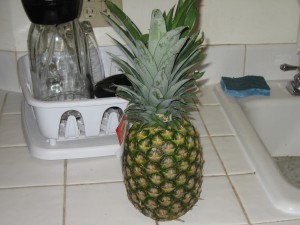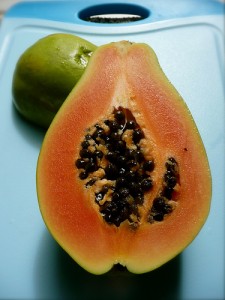Since today seems to have a tropical theme, here’s another post about Hawaii:
The corn breeding industry is expanding in Hawaii*. The pineapple industry is contracting. People seem to be blaming the second on the first, and are passing this article around. My reading of the article, and some other statistics I looked, don’t seem to agree with the story line (evil GMO seed companies driving out the pineapple industry) that people seem to be suggesting.
Yes, Monsanto did buy out one of Hawaii’s three remaining large pineapple growers several years ago (as of 2007 there were also 49 small pineapple producers growing pineapples on 1-15 acres and a single medium sized grower with between 100-250 acres), but Maui Land & Pineapple Co., the company this article talks about, isn’t selling out to a seed company, they’re switching to the production of other crops instead of pineapples. One company sells its land and shuts down, another stays in the farming business but gives up on pineapples and announced plans to grow a more diverse range of crops. To me, that suggests it is becoming harder and harder to make a profit growing pineapples in Hawaii. (more…)

